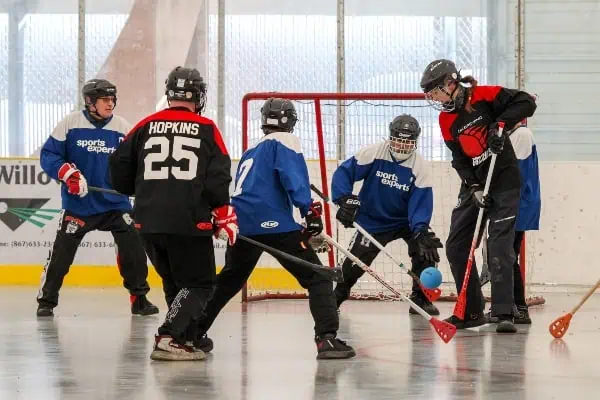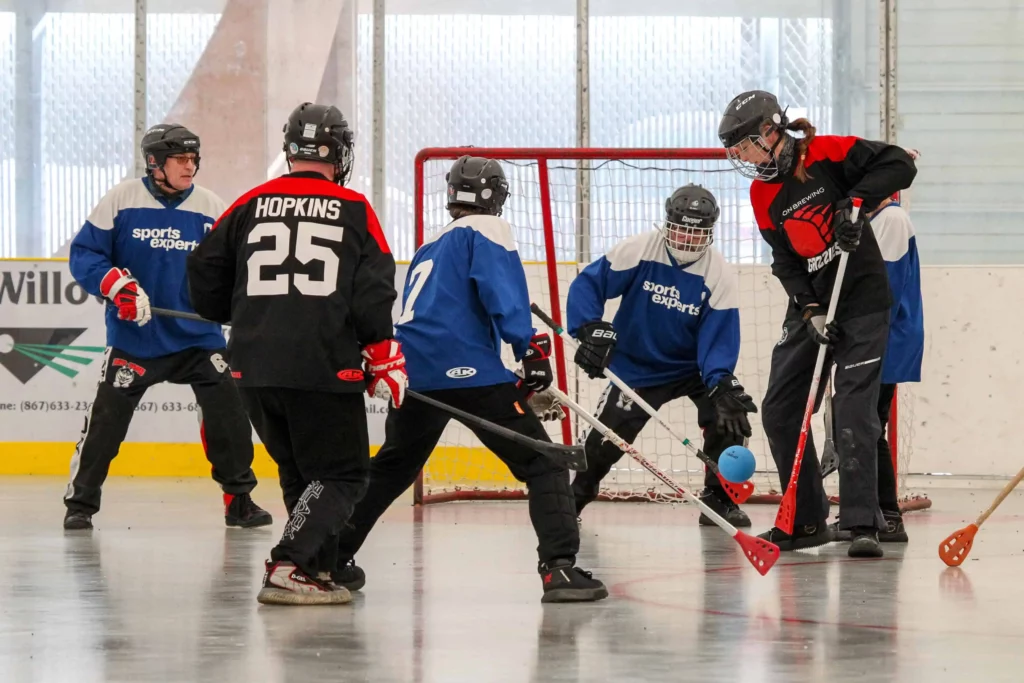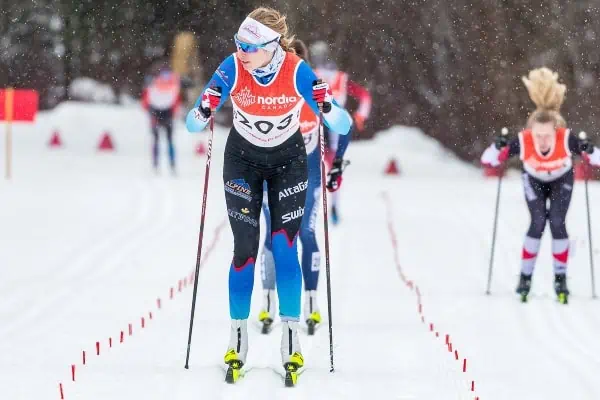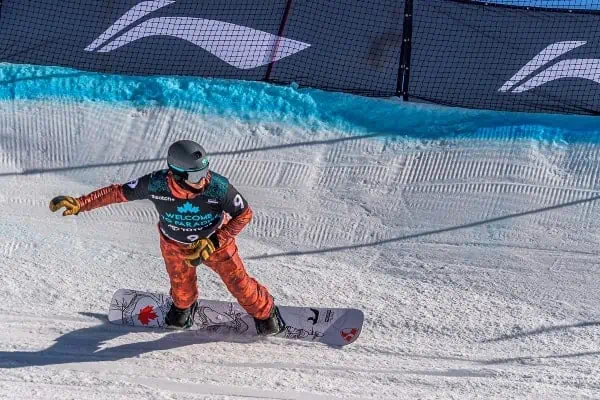The Kluane Chilkat International Bike Relay turns 20 this year. For all of those years, Ron McFadyen has worked dedicatedly in the background, radio in hand, to make the event a success.
“I founded the Yukon Amateur Radio Association in 1976,” McFadyen explains.
“At that point we had one VHF radio repeater in Whitehorse, the only in the territory. We have been steadily working from those humble beginnings to where we are now—22 repeaters in the Yukon and a system that covers all of the Yukon highways.”
The process of moving from that first repeater to the extensive system that is now in place is intricately tied to the history of volunteering with the Kluane Chilkat International Bike Relay.
“When the race started in 1992 Haines Junction RCMP officer Pat Egan asked the radio club to help out with race communications, safety and data collection,” McFadyen recalls.
He adds, laughing, “At the time it was a huge challenge to get coverage across the entire route. We first tried using a vehicle-to-vehicle system. It was a disaster.”
The difficulty, he explains, lay with the terrain —the high peaks and deep valleys disrupted radio signals.
“We ended up putting in place a system where we communicated between checkpoints,” he says.
“Checkpoint one would pass messages to checkpoint two, two would pass to three and four, five and six would pass to three, the finish line in Haines would communicate with seven, and three would talk directly to Haines through a sweet spot we found in the mountains.”
That sweet spot, known locally as “the wormhole”, was discovered by repeater builder Jeff Stainhope. The location allowed the ham radio operators to get a signal down from the mountains to the coast in Alaska.
When the race began the radio operators were responsible for keeping track of all of the race timing along with their communications, safety and data communications duties.
“It was really difficult to do. In many cases you might have up to 15 cyclists cross the line as a pack. Even with dedicated volunteers spotting numbers for you it’s difficult to keep track.”
Luckily for the dedicated group of radio operators a few years ago the Yukon Orienteering Association came up with a solution.
“The orienteers provided the race with their equipment—a key on a lanyard that racers plug in when they cross the line at their checkpoint,” McFaydenexplains.
“The system is spectacular in how it works. It completely changed how we operate checkpoints. Everyone loves it, the data is correct, and data compilation is much more efficient,” he says.
“When you pay $50 to take part in a race one of the most important things to you is to get your results, and for those results to be accurate,” he adds. “Orienteering cleared that up for us and we are really grateful.”
The radio operators who are stationed at every checkpoint between Haines Junction and Haines have more to worry about than just getting the accurate race results to the finish line.
“Safety is our top priority,” McFayden says. “We work closely with ski patrol, who operate first aid across the course.
There is also a dispatcher based in Whitehorse who is responsible for calling out an ambulance if it is needed.
“The amateur radio association supports the Yukon Emergency Measures program,” he adds, “and so we use the race as a test of our systems. We want to be prepared if we ever get called out for an emergency.”
With all he is doing behind the scenes, you might think McFayden wouldn’t have time to take part in the race himself. But you would be wrong.
“I’ve cycled the race about 10 times,” he says, “always on leg one. I would ride my leg, hop off my bike and start working the checkpoint at the finish,” he laughs.
“I said I would keep doing that until the only thing behind me on the road was the truck with the flashing lights (which marks the end of the race and last rider on the course). The year that happened I stopped racing, but I still am always based at checkpoint one.”
McFayden has many memories of the race over the last 20 years, but his favourite took place on leg five over the summit.
“It was an awful day—snow and rain and wind—and there was a disabled woman on a three-wheel bike struggling to finish the leg. Another rider brought a rope down to her, tied his bike to hers and helped to tow her up the final climb. She had tears of joy in her eyes as they crossed the finish line together.”
It’s likely that McFayden will make many more memories during the bike relay over the years to come. If you find yourself at checkpoint one this June 16, take the time to stop by and thank him for all he has done to make the race a 20-year success.
And while you’re at it, remember to thank all of the volunteers. Without them there would be no race.




